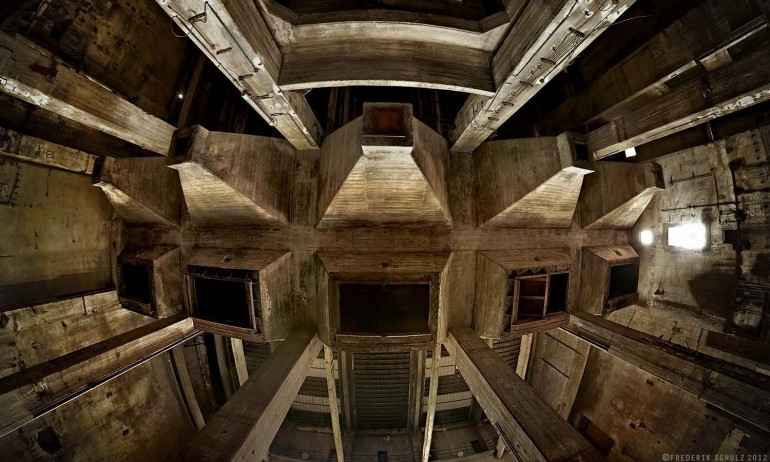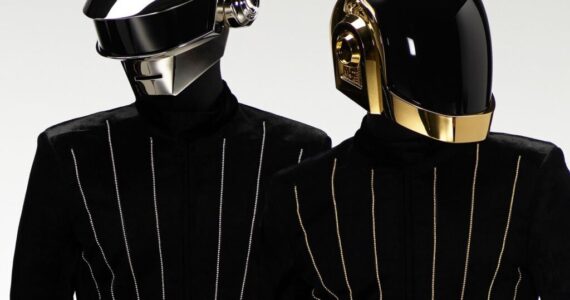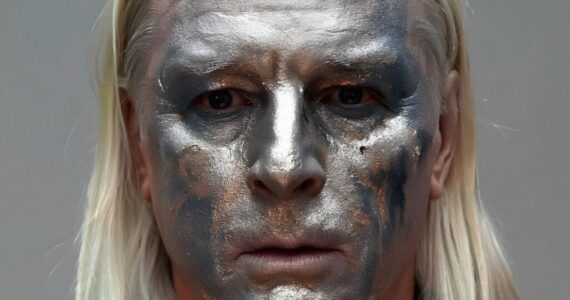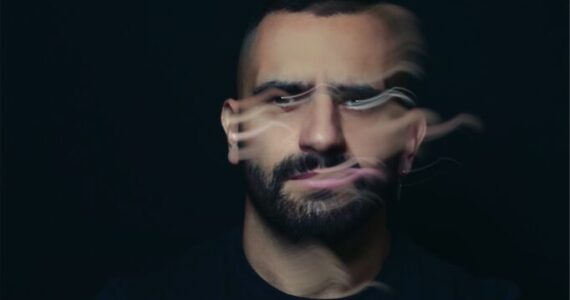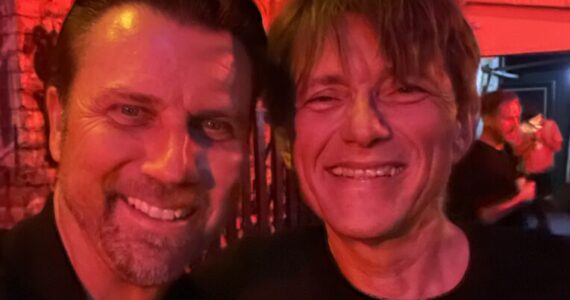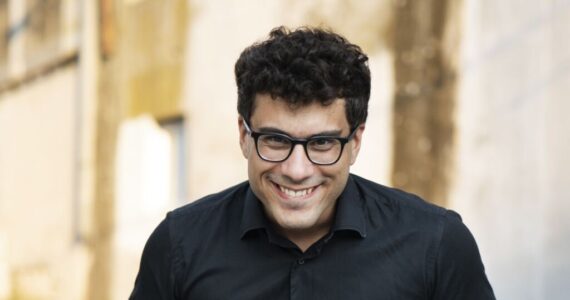1. The building where Berghain is residing is originally dating to 1953 as part of East Germany’s postwar reconstruction process and abandoned in the late 1980s. It was rejuvenated in 2004 by two architects who saved the original structure of an enormous industrial building and added their touch to keep the spiritual atmosphere.
2. Berghain is the offspring of the Ostgut Club, which operated in and old railway freight yard and was extreme. Daniel Wang recalls:
“There was a piss room with huge funnels connected to tubes so the liquid wouldn’t drip onto the dance floor, and people could duck their heads under the funnel waiting to be pissed on.”
Ostgut closed and in 2004 Berghain was born.
3. The Function One sound system at Berghain works only on 10 – 20% of it’s full capacity. Benedikt Koch, who installed the system, says that if you turn it up to full power, every nerve of your body will be massaged.
4. The bar sells Crisco. Berghain is gay-oriented in the end. (If you read about Crisco, you may never look at the cherry pie the same way again).
5. The club is built so that there are no dead ends. People can cruise around without bumping into walls.
6. There is an orgy room downstairs at Berghain, where you can witness sex-sessions of dozens of people, especially if you get to one of the all-men parties.
7. Britney Spears was once turned down by Sven Marquardt at the entrance.
8. Lady Gaga held the album presentation in Berghain in 2013 and it was sad.
9. Sven is actually an amazing photographer and that’s what he was and is since the 80-s. You can see the gallery HERE. And no, there is no recipe for getting into Berghain.Taken from his GQ interview:
At some point I started working for a party called Ostgut—it was a gay fetish party—and that moved around for a while, and at a certain point moved into the power station and became Berghain. The company that runs Berghain is still called Ostgut GmbH, in fact. We still have fetish parties once or twice a year.
10. In 2013, Berghain has announced a new project – ballet called Masse. The performance was a conjoint affair by Berghain and Berlin State Ballet. Marcel Dettmann and Henrik Schwarz were responsible for the music.



